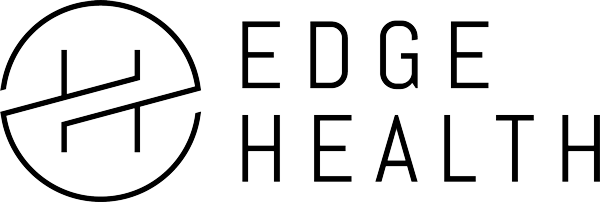Massage
EDGE HEALTH

EDGE HEALTH
MASSAGE THERAPY
Registered Massage Therapy is the manual manipulation of the soft tissues of the body (muscle, connective tissue, tendons, and ligaments). General techniques include applying fixed or movable pressures, holding, and/or initiating movement of or to the body. Massage is known to improve the circulation and flow of blood and lymph, reduce muscular tension or flaccidity, affect the nervous system through stimulation or sedation, and enhance tissue healing. Within massage therapy itself, there are several different modalities that address adhesions in the fascia surrounding and between layers of muscle, bone, tendons, ligaments and joint capsules.
All of our therapists are trained in
many different specialized techniques including:
Fascial Stetch:
Fascia is a sheet of fibrous tissue that covers muscles and organs like a spider’s web. When fascia gets injured it becomes stiff and losses it’s elastic nature. Fascia that doesn’t function properly can result in pain, restricted ranges of motion and muscle imbalances. Fascial Stretch Therapy is a method of restoring normal function to fascia. A certified therapist performs assisted stretching techniques while the patient relaxes in a comfortable position. It is suitable for anyone experiencing pain, recovering from an injury and/or looking to restore normal ranges of motion and for anyone looking to improve performance.
Deep Tissue:
A slow and deep modality of massage that focuses on realigning the deep layers of muscle and connective tissue. This type of massage can be very beneficial for releasing chronic muscle tension.
Neuromuscular Therapy (NMT) and Trigger Point Therapy:
Trigger points are highly irritable points that can refer pain locally or to other areas of the body. These techniques are a specialized form of deep tissue massage that utilizes static pressure to release these tender areas of strain in the muscle.
Myofascial Release:
Fascia is a dense, tough tissue that surrounds and covers all of your muscles. Myofascial release involves applying prolonged pressure into the connective tissue with the goal of enabling the muscles to slide over each other effortlessly, eliminating pain and restoring proper mobility.
Joint Mobilization:
Joint mobility can become limited due to injury, overuse, aging, and contracted muscles, leaving it harder to move efficiently and without pain. Joint mobilization is a passive massage technique performed by RMTs to reduce pain and restore normal range of motion in affected areas.

